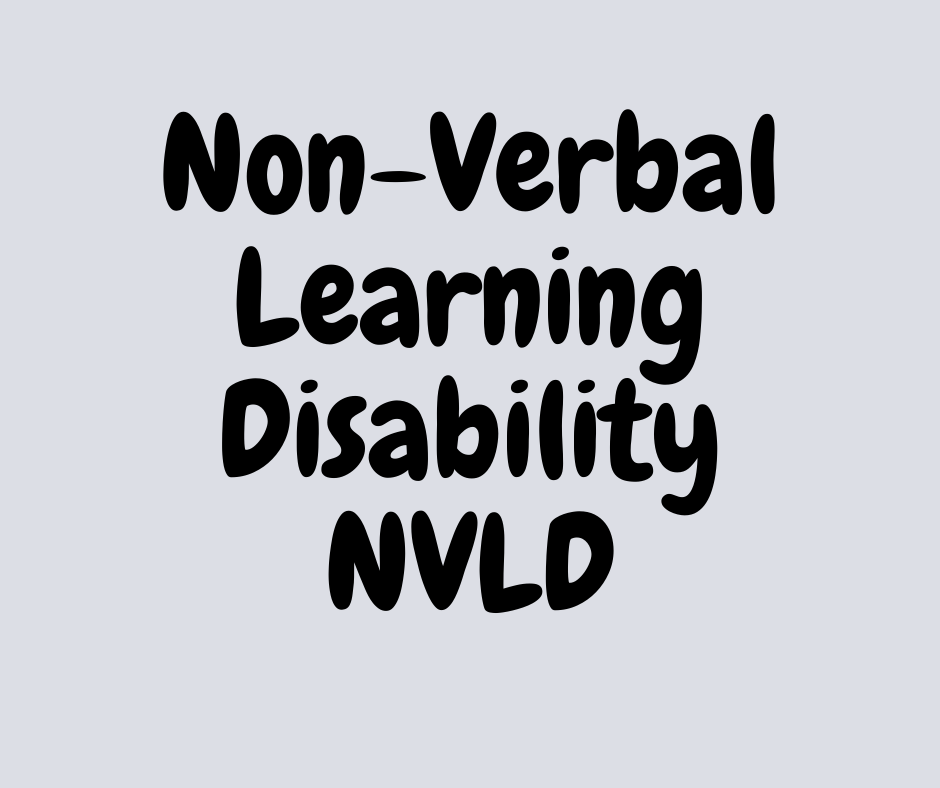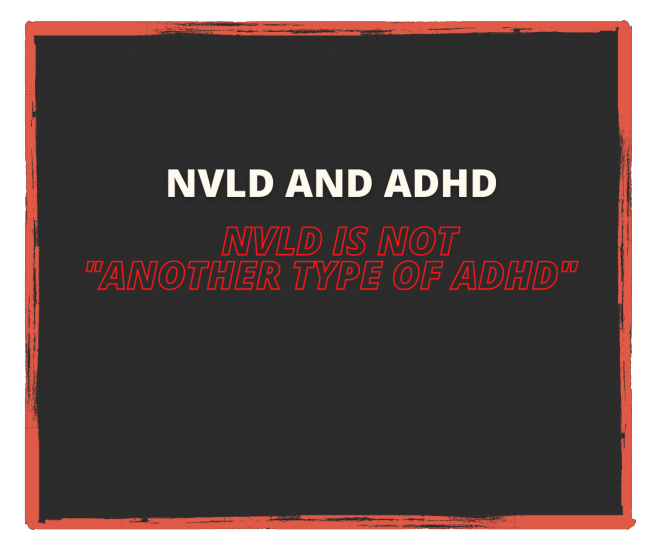What is NVLD?

Non-Verbal Learning Disability NVLD
This week I wanted to examine another learning disability that is sometimes overlooked, misunderstood, and many times misdiagnosed. Nonverbal learning disorder (NVLD) is a condition that is based in the brain that presents symptomatically as poor visual/spatial/organizational skills, difficulty recognizing and processing non-verbal communications.
The name itself: “non-verbal learning disorder” is poorly labeled and confusing; non-verbal suggests that those with NLD do not speak, that is simply not true and many times it is just the opposite. According to research approximately 93 percent of our human communication is non-verbal such as; body language, facial expressions, and tone of voice are all a key part of our communication patterns. Those who suffer from NVLD have trouble interpreting these non-verbal cues. To understand, they rely on the very small 7% of our communication that is verbal.
Many individuals suffering from NLD will talk incessantly, this is a coping/masking behavior for them since they need the actual verbal speech to communicate. They are unable to use body language tonality and other expressions that most of us take for granted. They will weigh every word that you say to them. This behavior often leads to NVLD sufferers having tremendous vocabularies and outstanding memories and retention.
How Common is the Incidence of NVLD
In the past, this condition was frequently misdiagnosed so we’re not completely sure of how high the incidence rate is, but we know it is much higher than once thought. There is quite a lot of anecdotal evidence that this condition does tend to run in families, and affects girls and boys at the same rate.
NVLD and anxiety tend to appear together, since the sufferer has the inability to understand and connect with parents, teachers, peers, and spouses, this can produce a very high anxiety response. Children with NLD are typically exceptionally good at hiding or compensating for their challenges, and often fool adults with their strong verbal skills and attention to precise detail of the words being spoken.
During and after puberty is where the anxiety tends to become evident. Teenagers with the condition often develop extreme anxiety over their inability to connect with their peers. Adults with the condition have trouble setting priorities and picking up social cues, which in turn leads to failed jobs and relationships.
Common Symptoms or Signs of NVLD
- Trouble recognizing nonverbal cues (facial expressions, body language).
- Early speech and language acquisition (talks “like an adult” from a young age).
- Send the message to your children that reading and writing is fun – not a chore.
- Always asking questions, to the point of being repetitive or interrupting the regular flow of conversation.
- Extremely “literal;” struggles with sarcasm, innuendo, or other linguistic nuances.
- Trouble following multi-step directions
- Difficulty coping with change

